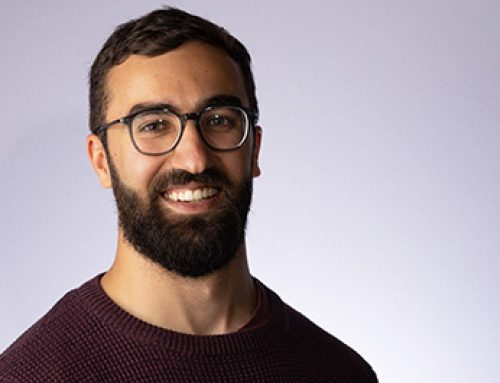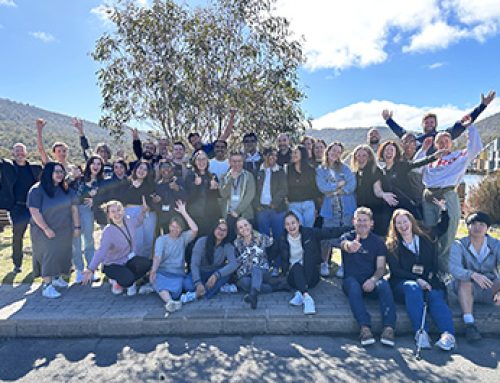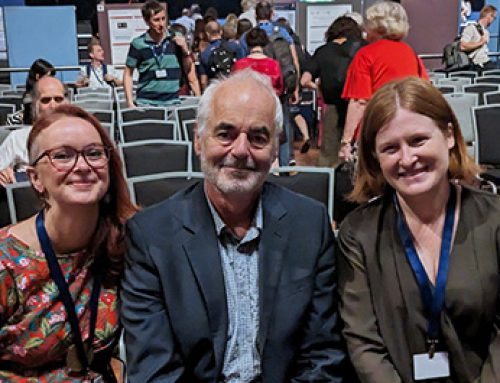The Marik Sepsis Bundle – A Case Study In Critical Care Decision Making
Robin Blythe discusses hospital decision-makers and clinical ambiguity related to his recent research published on F1000Research. In this blog he covers the cost savings and health benefits of implementing a care bundle for sepsis patients on a trial basis compared to waiting for better quality evidence.
Critical care is a field of fine margins. Even minor changes to patient management require a lot of thought and established evidence bases. This is good science; the avoidance of harm is our first priority.
 A recently published paper by Marik et al showed the potential effectiveness of a bundle of vitamin C, thiamine, and hydrocortisone in severe sepsis patients. The results were spectacular, as there were mortality reductions of 30%; significantly reduced rates of acute kidney injury; and no potential harm to patients, for a couple hundred dollars.
A recently published paper by Marik et al showed the potential effectiveness of a bundle of vitamin C, thiamine, and hydrocortisone in severe sepsis patients. The results were spectacular, as there were mortality reductions of 30%; significantly reduced rates of acute kidney injury; and no potential harm to patients, for a couple hundred dollars.
High doses of vitamin C have been claimed to cure everything from colds to polio, none of which have been remotely credible under examination. So why is this a special case?
First, emerging papers are beginning to find evidence for thiamine and hydrocortisone individually in critical sepsis care. Recent papers by Woolum et al and Annane et al have shown mortality reductions that together could explain Marik’s results.
Second, the risks are remarkably low, especially in such vulnerable patients. The bundle costs at most around $500 per patient; vitamin C is harmless even at high doses; and thiamine and hydrocortisone are already regular, albeit optional, components of sepsis care.
Several multi-site randomised controlled trials are underway, but results will not be available for around 2.5 years from when Marik’s paper was published. So, what if we had implemented immediately? In other words, what is the opportunity cost of inaction while we wait for better evidence?
We conducted a sensitivity analysis that showed an expected cost savings of $14.9bn and 3.6m quality-adjusted years of life gained by immediate implementation. To address the sceptic’s view that Marik’s numbers were inflated, we also found that even after drastically reducing the effect size, the bundle was likely to save $6.3bn and gain around 1.1m quality-adjusted years of life. Even under the most conservative estimates, the bundle was likely to save costs and lives 88% of the time.
We can’t prove that it works yet, but we do have sufficient evidence for hospitals to run trials where informed patients may opt in. Every hospital that trials the bundle adds to the body of evidence, giving us a clearer picture of effectiveness and potentially saving lives.
The Marik bundle is a case study in critical care decision making. When physicians are truly unsure whether to implement a novel treatment, this is a state called clinical equipoise. The default solution, for various good reasons, is inactivity. We offer an alternative method of analysis that can aid decision-making in cases of true uncertainty.
This blog was written by Robin Blythe and published by F1000Research.






